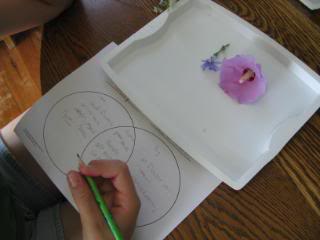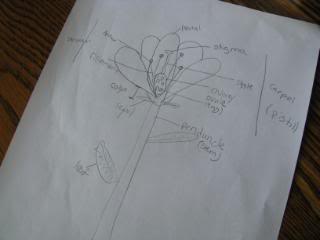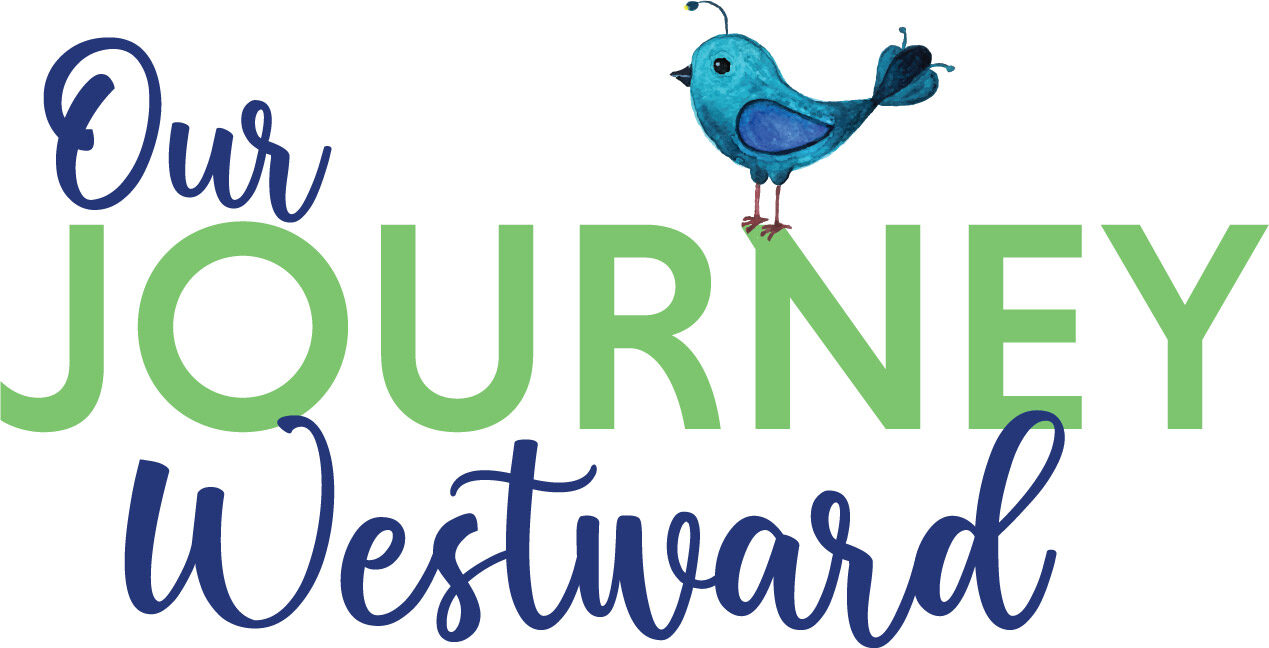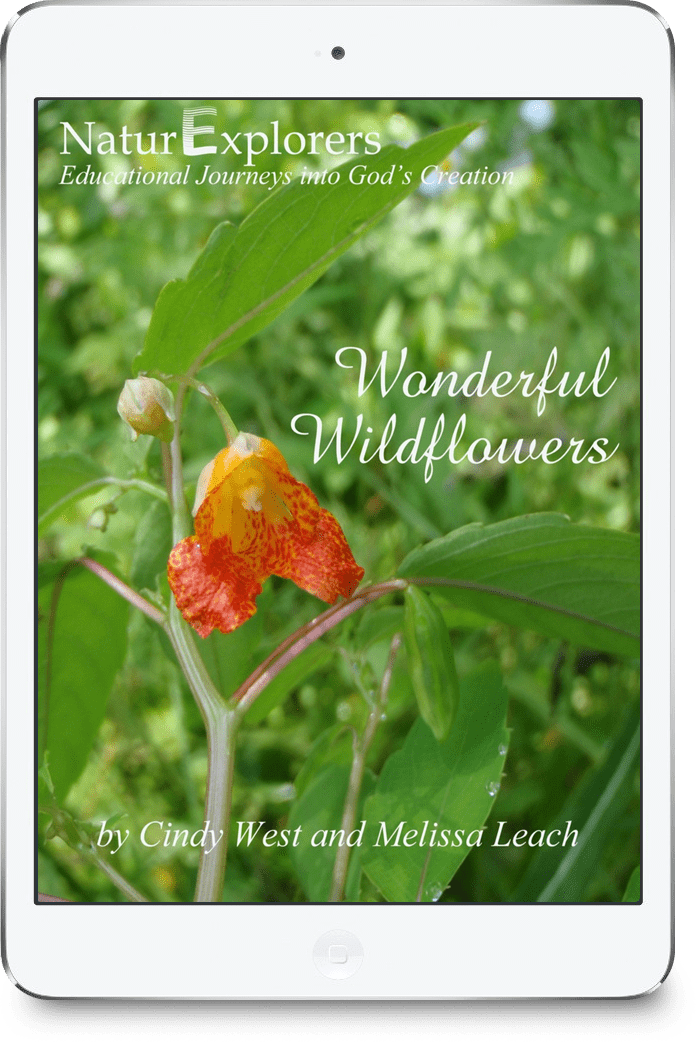Ending our Month Spent with Wildflowers
I admit that wildflowers are quite possibly my favorite of all nature studies. I’m always in awe of God’s creativeness, beauty and majesty through such delicate little things like wildflowers. I’m also amazed at how each season presents me with new flowers that I’ve never noticed before – each with awesome characteristics that are different from any other flower.
A field of wildflowers can move me, while a single wildflower observed closely makes me marvel at the constant, yet diverse design that makes a flower a flower. And to think that wildflowers are “planted by God” reminds me that He cares about me enough to bring me flowers!
Last week, we took a very up-close and personal look at wildflowers through comparisons and dissection. There was no long nature walk involved – only long enough to collect several flower samples to bring back inside. Since the yard wasn’t off limits for picking, the kiddos brought in a couple of flowers that aren’t considered wild. No matter, it made for a great opportunity to discuss the difference between the two!
The first activity was to compare two completely different flowers for similarities and differences. This is another of the notebooking pages that comes with the Wonderful Wildflowers NaturExplorers unit.

The second activity was flower dissection to identify all the parts of a flower.

We own a very old dissection kit that made the dissection not only easy, but exciting for the kids.

We were able to see the ovules (eggs) in the ovary on this hollyhock (not a wildflower).

Eli always gets in on the action!
The third activity was drawing the cross-section of a flower and labeling all the parts.

And the final activity was to complete a watercolor still-life of wildflowers. We have been studying Cezanne, who painted several still-life works, so this tied art and nature study together quite well. And to get composer study in the mix, we listened to a CD of Chopin (our composer of the month.)

“Wildflowers in the Rain”


May I ask what you study/learn during your composer studies? I’m curious because I’d like to start doing that myself, but have no idea where to start. Do you have a curriculum that you use? What kinds of things do you learn? Thanks in advance for any help/suggestions that you have!
Michelle
My composer time is VERY simple. We study one composer per month – one time per week. So we basically only study him four times.
During the first lesson, we will usually read a library book about him and listen to his music during art time. The second and third weeks are typically a show or two from ClassicalKids.com if they have a show about the particular composer. If not, I might read another library book and listen to his music again during art time. The final week is just a bit of review about his life and work, and we listen to his music again during art time.
Oh, and I have a Dover coloring book on Great Composers that I’ll let the kids color while we listen to the ClassicalKids.com stories.
Like I told you – simple! I hope it helps, though.
Thank you so much for the info!! I’m looking into library books now for our study!!
Have a wonderful weekend!
Blessings,
michelle
Lovely post. So fun, simple, and good for the brain. 🙂
Looks like a great study!